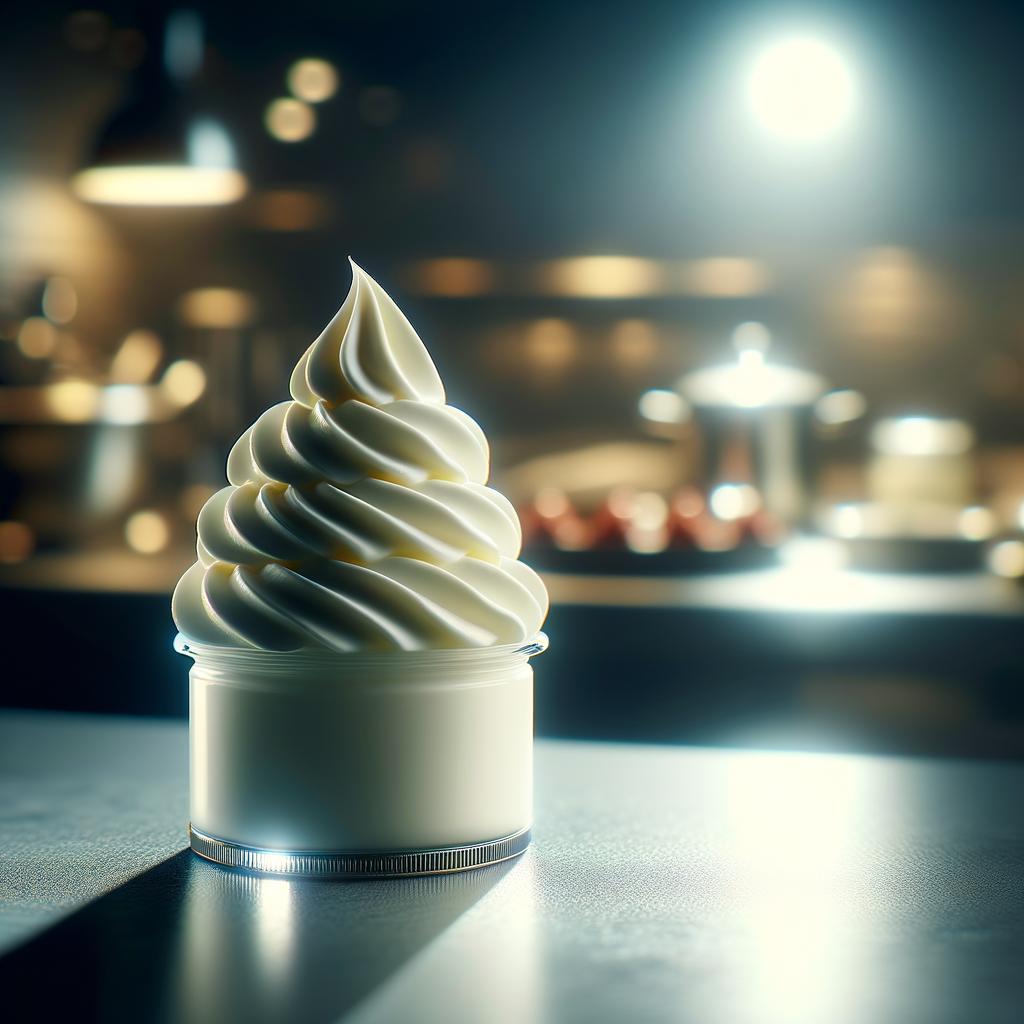Whipping Cream

Description Whipping cream, a delightful dairy product, is the fairy godmother of the culinary world, magically transforming ordinary dishes into extraordinary culinary delights. It has a smooth, velvety texture that is thick yet pourable, and its color is a pure, pristine white. The flavor profile of whipping cream is rich and milky, with a hint of sweetness that is subtle yet distinct. What sets whipping cream apart from its dairy counterparts is its high fat content, typically between 30% to 36%, which allows it to be whipped into a fluffy, cloud-like consistency that no other cream can achieve.
Primary Uses Whipping cream is a versatile ingredient that graces both sweet and savory dishes with its creamy goodness. It is often whipped into a frothy delight to top pies, cakes, and hot beverages, or used as a base for decadent mousses and ice creams. In savory applications, it is used to enrich soups, sauces, and pasta dishes, lending them a luxurious mouthfeel. Beyond its culinary uses, whipping cream is also used in certain beauty treatments, owing to its high fat content that moisturizes and nourishes the skin.
History The history of whipping cream is as rich as its flavor. It is believed to have originated in the dairy farms of Europe, where fresh cream was churned to make butter. The leftover cream, when whipped, would transform into a frothy, light concoction that was then used to adorn desserts. This practice spread across the globe, and whipping cream became a staple in many cuisines. Over time, its use has evolved and expanded, and it is now a key ingredient in gourmet cooking and artisanal baking. There is a charming folklore associated with whipping cream - it is said that the faster you whip the cream, the faster your wishes will come true!
Nutritional Information Whipping cream, while indulgent, also offers some nutritional benefits. It is a good source of calcium, which is essential for bone health, and vitamins A and D. It also provides a significant amount of energy due to its high fat content. However, due to this high fat content, it is also high in calories and saturated fats, which should be consumed in moderation. Compared to other dairy products like milk and yogurt, whipping cream has a higher concentration of fats and calories, but also a richer, creamier taste. It is a testament to the age-old saying - "everything in moderation" - as a little dollop of whipped cream can add a touch of joy to your favorite dishes.

